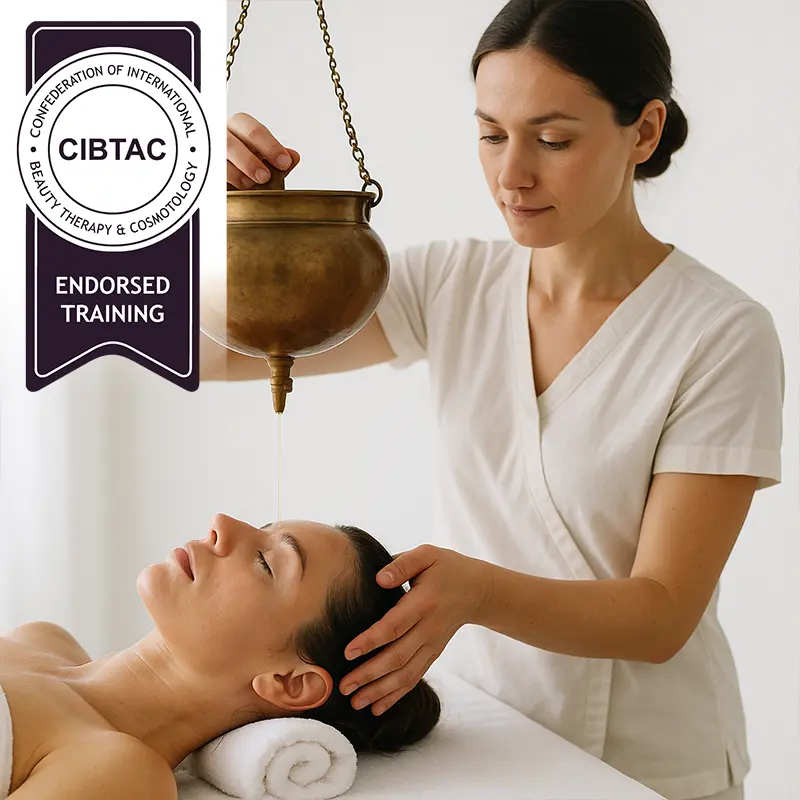20 Days CIBTAC Certificate in Body (Swedish) Massage + CIBTAC Endorsed Ayurveda
Join our 20-day professional massage course in Bali and earn two international qualifications from CIBTAC. This unique training combines Swedish massage techniques with traditional Ayurvedic therapies, offering a well-rounded foundation for anyone entering or advancing in the wellness industry.
By completing this course, you will receive:
-
CIBTAC Level 3 Certificate in Body (Swedish) Massage
-
CIBTAC-Endorsed Certificate in Ayurvedic Therapy
Whether you’re starting a new career or enhancing your existing skills, this hands-on program equips you with the tools, knowledge, and confidence to work in spas, wellness centres, or launch your own practice.
Price: $3280.00
Upgrade to receive a CIBTAC qualification
The Next CIBTAC exam is in October 2025, Registration for these exam will be open from April to June 2025. Course start in September 2025 |
Saturday and Sunday time to enjoy all the splendours Bali has to offer
“The Island of the Gods”
What’s Included
- Full training manual
- Anatomy & Physiology e-learning access
- High-quality training videos (Swedish, Abhyanga, Head Massage, Shirodhara)
- All products, tools, and equipment
- Practice clients provided
- Theory and practical exams
- CIBTAC-Endorsed Certificate in Ayurvedic Therapy
- CIBTAC Level 3 Certificate in Body Massage
Who Can Join?
This course is suitable for beginners and wellness enthusiasts. You don’t need any previous experience. It’s designed for:
- Career changers entering the massage or spa industry
- Holistic wellness seekers
- Anyone looking for internationally accredited certification
Contact us for more information
Launch your massage therapy career with confidence.
Study in Bali and graduate with CIBTAC-endorsed qualifications that open doors around the world.

